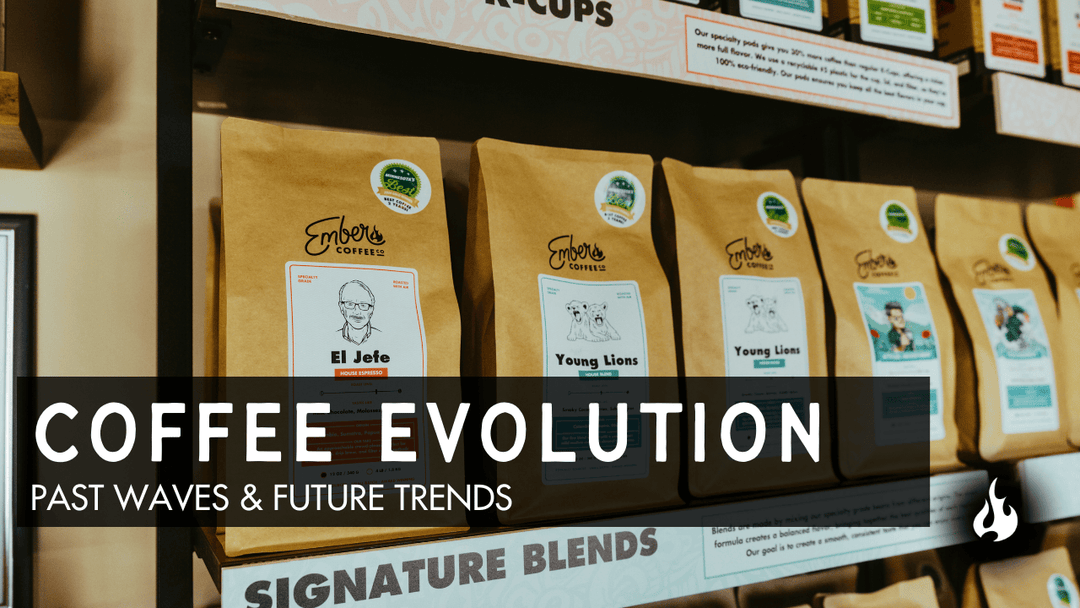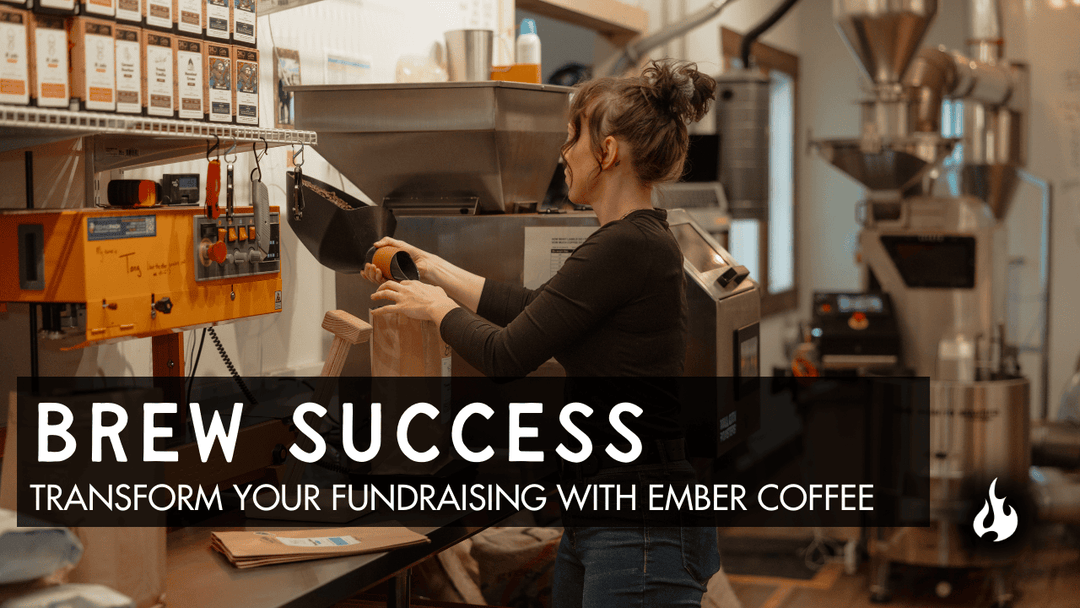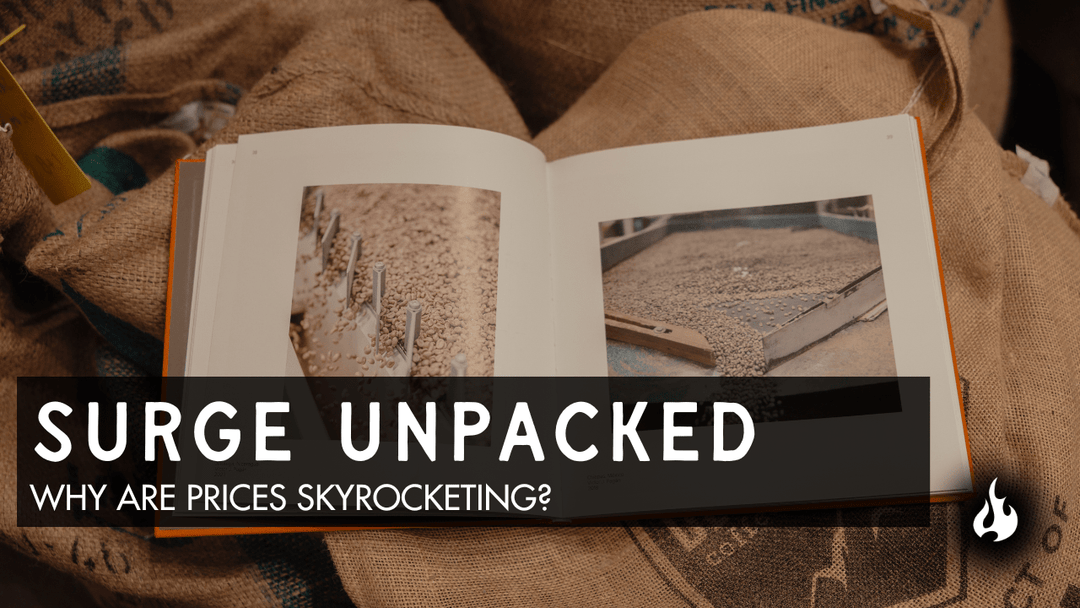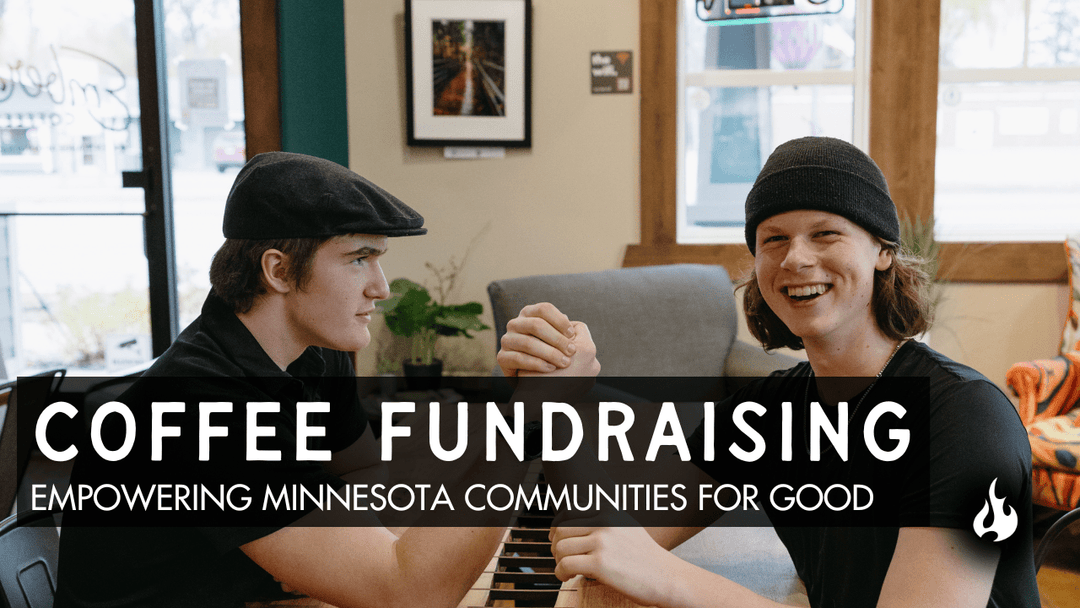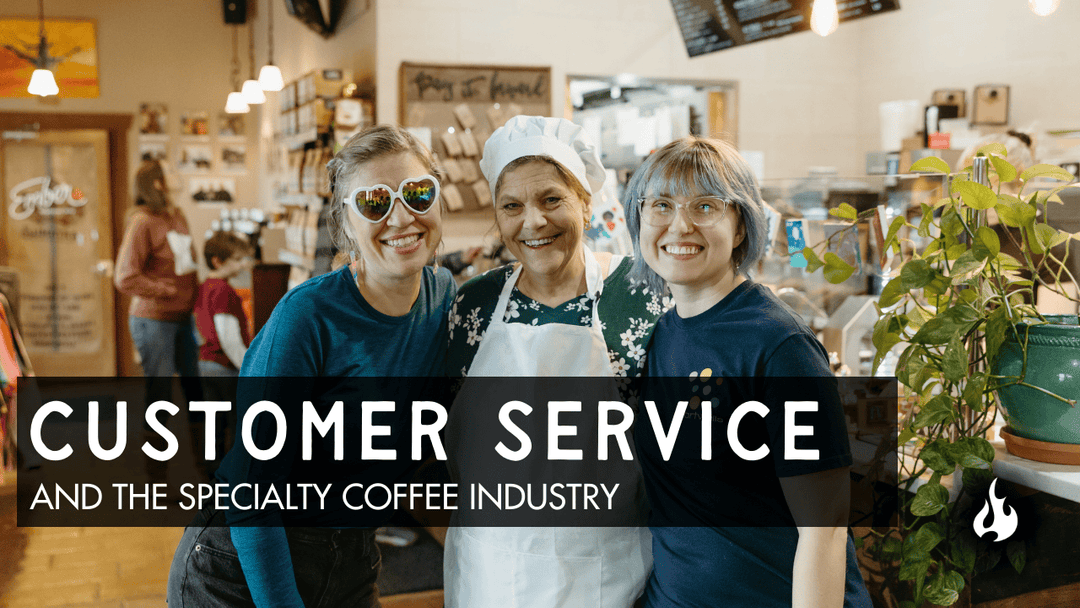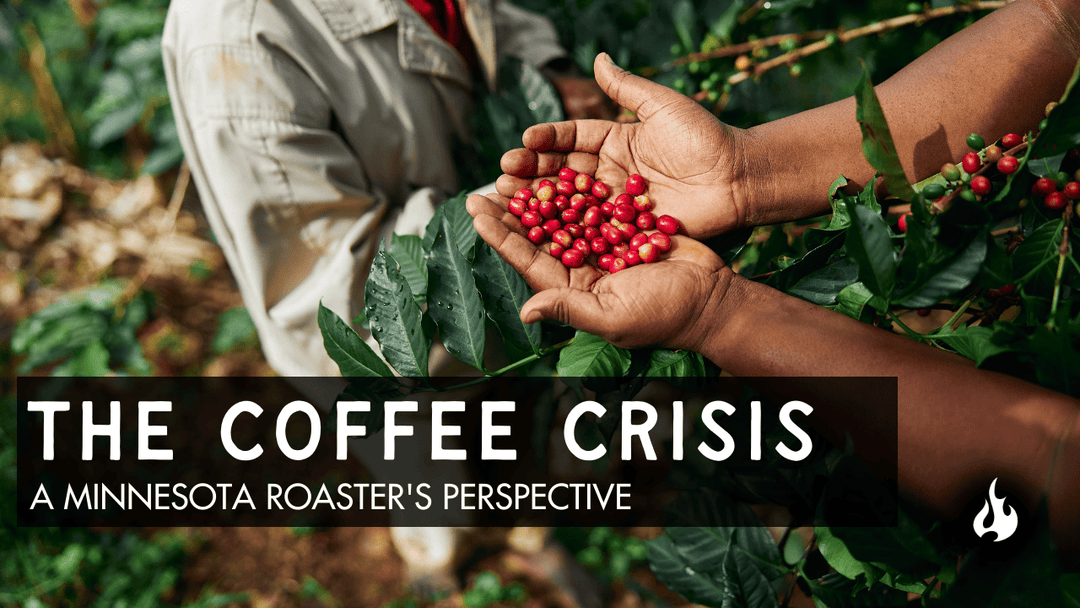What Exactly Is Poor Quality Coffee?
It happens more often than you’d think.

It happens more often than you’d think.
You’re halfway into your morning ritual, maybe grinding beans in the quiet hum of your kitchen or taking that first slow sip at your favorite café, and something just feels off. The smell isn’t right. The taste hits wrong. Maybe it’s bitter, harsh, kind of dull. You swirl the cup a little, take another sip, hoping it’ll mellow out. But nope. Still bad.
And suddenly you’re wondering if it’s your fault. The water? The grind? The moon phase? But here’s the thing, it’s probably not you.
At Ember Coffee Co. in Big Lake, MN, we’ve heard this story a hundred times. We’ve lived it. Long before we opened our doors, we spent years tasting every kind of coffee we could get our hands on. Some amazing. Some truly awful.
So let’s talk about it for real. Let’s pull up a chair and dig into what “poor quality coffee” actually means, how to spot it, and how to avoid another disappointing cup ever again.
It’s Not Just “Bad Coffee.” It’s a Whole Chain Reaction
When people talk about poor quality coffee, they usually blame the bean. But honestly, that bitter, flat, or funky cup probably went wrong at a few points before it ever hit your mug.
Think of coffee like a relay race. The farmer grows it. The processor cleans and dries it. The roaster brings it to life. Then you or your barista finish the story in the brew. If anyone drops the baton, the cup loses.
That “ugh” taste might come from damaged or low-grade beans. Or maybe the roast scorched the flavor. Sometimes the beans just sat around too long in bad storage. And yeah, sometimes it’s all of the above.

It All Starts With the Bean
We’re firm believers that great coffee starts on the farm. That’s why we source directly and only use specialty-grade beans. But not every roaster does.
Poor quality coffee often starts with beans that were never going to taste good no matter what you do. Maybe they were moldy or bug-bitten. Maybe they were old before they even got roasted. You can’t roast your way out of a bad bean.
When Processing Goes Wrong
Even good beans can go bad if the processing isn’t done carefully. Rushed fermentation, poor sorting, or damp drying conditions can wreck the flavor.
We’ve tasted coffees where every sip revealed a different flaw. At Ember, we just don’t touch that kind of lot. Every bean we roast has been handled cleanly, dried right, and respected for the flavor it’s meant to have.

Roasting: The Make-or-Break Moment
Roasting’s our obsession. It’s half science, half art, and fully the thing that can make or ruin a coffee. When roasting’s lazy or careless, with no testing, no tweaking, and no respect for the bean, you taste it right away.
Over-roasted coffee tastes burnt and flat. Under-roasted tastes grassy or sour. And if the coffee’s roasted fine but left sitting for months, it loses all life. You end up with something that tastes tired.
That’s why we roast in small batches, use air roasting, and stamp every bag with the date so you know it’s still singing when you brew.
The Brew: Where It All Comes Together
So you’ve got great beans, a fresh roast, and proper storage, but the cup still stinks. Been there.
Brewing mistakes can totally ruin a good coffee. Grind too fine or too coarse. Use old filters, bad water, or dirty equipment. Off temperatures can also throw everything off. It all matters.
At the café, we obsess over the details. But at home, even a few tweaks—rinsing filters, using filtered water, cleaning your gear—can make a huge difference.
How to Spot Bad Coffee
Once you know what to look for, it’s easy to tell when coffee’s off.
Bitter or sour to the point you need sugar? Dead aroma? Weirdly inconsistent flavor from cup to cup? Those are big red flags. Sometimes it’s got a cardboard, ashy, or even musty aftertaste. Sometimes it just feels wrong—thin, oily, or oddly flat.
The key is paying attention. Once you notice, you’ll never un-notice.
How to Avoid It
Start with fresh beans. Always check the roast date. Store them in airtight containers away from light and heat. Keep your equipment clean.
And don’t be shy about asking questions at your local shop. A good roaster will be proud to tell you where the coffee came from, how it was processed, and when it was roasted.
At Ember, we love those conversations. It means you care. And that makes you our kind of coffee person.
Why It Matters
Coffee isn’t just caffeine. It’s ritual, comfort, a little slice of calm in the middle of chaos.
You deserve better than “okay.” You deserve a cup that feels alive, one that gives you warmth, clarity, and maybe even a bit of joy.
Bad coffee steals that. And honestly, life’s too short for that kind of theft.

Final Sip
Next time your coffee tastes off, don’t just shrug it off. Ask what went wrong—bean, roast, or brew—and fix just one piece of the puzzle. You’ll be amazed what changes.
And hey, if you’re ever near Big Lake, MN, stop by Ember. Let’s share a cup and talk coffee.
Because better coffee’s not some secret. Because you deserve it. Because it’s Ember.


